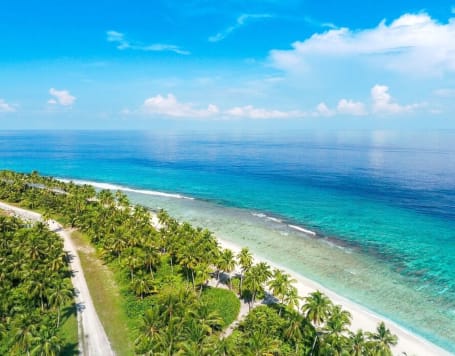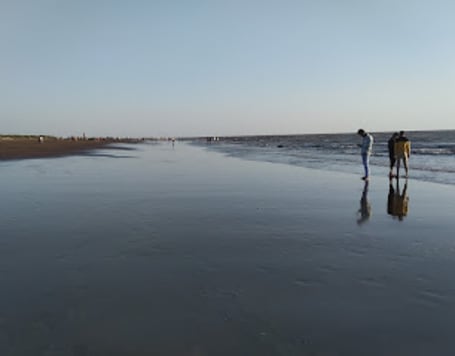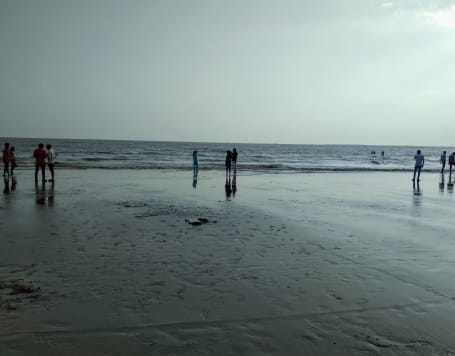The best time to visit Dholavira is during the winter months, from November to February, when the weather is pleasant and mild. During these months, the temperatures range between 10-20 degrees Celsius, making it comfortable for visitors to explore the archaeological site and the surrounding landscape.
Visiting Dholavira during the monsoon season (June to September) is not recommended as the heavy rains can make the roads and pathways leading to the site inaccessible.
The summer months (March to May) can be quite hot and dry, with temperatures rising above 40 degrees Celsius, which can make it uncomfortable for visitors to explore the site.
Therefore, it is advisable to plan your visit to Dholavira during the winter months when the weather is favorable, and the site is at its best.
























